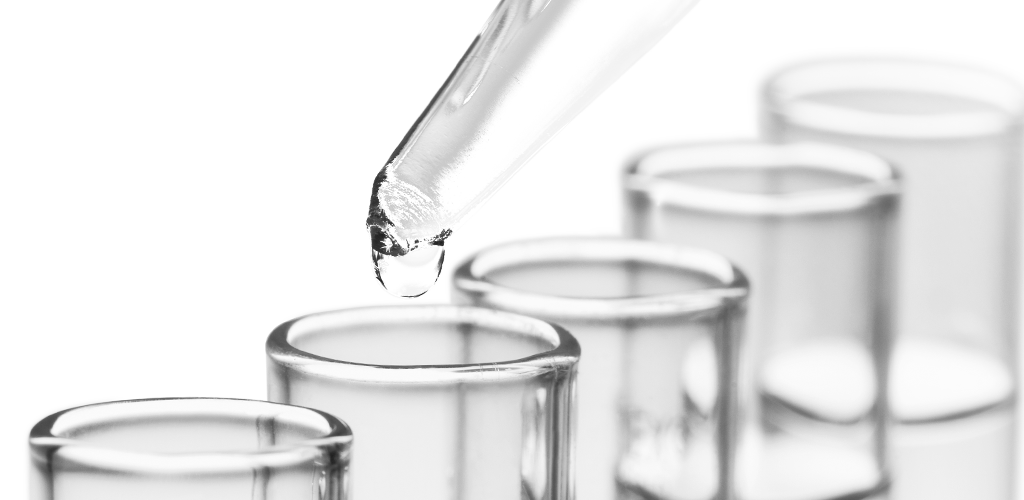Antithrombin
Biochemistry
| Synonyms | AT, Antithrombin III, ATIII, Heparin-Cofactor I |
|---|---|
| Molecular mass | 58.200 Da |
| Synthesis | Liver |
| Half life | 55 - 70 hours |
| Plasma concentration | 150 mg/l |
| Primary structure | 432 amino acids |
Antithrombin is the most important inhibitor of coagulation in plasma. The one-chain glycoprotein from the family of serpins (serine protease inhibitors) mainly inhibits the activated serine proteases thrombin, factor Xa and factor IXa in plasma. In addition, the factors XIa and XIIa of the intrinsic coagulation system as well as plasmin, kallikrein and the complement factor C1 are inhibited. The formation of irreversible 1:1-complexes between a protease and antithrombin is a slow process that is greatly accelerated in the presence of glycsaminoglycans such as heparin.
Clinical significance
Decreased antithrombin activity is correlated with an increased risk of thrombosis. The congenital antithrombin deficiency is distinguished from the acquired deficiency. The congenital deficiency is associated with thrombotic events at young age, during pregnancy, thrombosis in unusual sites and a frequent and recurrent occurrence of thrombosis in the family. The acquired antithrombin-deficiency is caused by synthesis disorders (e.g. by liver diseases or premature delivery), by loss (e.g. by nephrotic syndrome), by increased consumption (e.g. during DIC) and/or as result of drug therapy (e.g. with heparin or L-asparaginase).
Indication
- Diagnosis of thrombophilia
- Suspected congenital antithrombin-deficiency
- Evaluation of the haemostatic potential in suspected hypercoagulability
- Suspected DIC
- Reduced response to heparin therapy
Literature
- Lane DA, Olds RY, Thein SL. Antithrombin and its deficiency. In: Haemostasis and Thrombosis, Bloom AL, Forbes CD, Thomas DP, Toddenham EGD (eds.). Churchill Livingstone. Edinburgh 3. edition, 655-670, 1994.
- Bohner J, Von Pape K, Blaurock M. Thrombin-based antithrombin assays show overestimation of antithrombin III activity in patients on heparin therapy due to heparin cofactor II influence. Thromb Haemost 71, 280-283, 1994.
- Demers C et al. An antithrombin III assay based on factor Xa inhibition provides a more reliable test to identify congenital antithrombin III deficiency than an assay based on thrombin inhibition. Thromb Haemost 69, 231-235, 1993.
- Tran TH et al. Influence of Heparin Cofactor II (HCII) on the determination of Antithrombin III (ATIII). Thromb Res 40, 571-576, 1985.
- Andersson NE et al. New chromogenic ATIII activity kit which is insensitive to heparin cofactor II and designed for use on automated instruments. Thromb Haemost 65(6), 921, 1991.
- Beeck H et al. Measurement of antithrombin activity by thrombin-based and by factor Xa-based chromogenic substrate assays. Blood Coag Fibrinol 11, 127-135, 2000.
- Conard J. Antithrombin activity and antigen. In: Jespersen J, Bertina RM, Haverkate F (eds.). Laboratory Techniques In Thrombosis: A Manual. 2nd revised edition of ECAT Assay Procedures. Kluwer Academic Publishers, 1999.
- Iba T, Saitoh D, Gando S, Thachil J. The usefulness of antithrombin activity monitoring during antithrombin supplementation in patients with sepsis-associated disseminated intravascular coagulation. Thromb Res. May;135(5):897-901, 2015.

